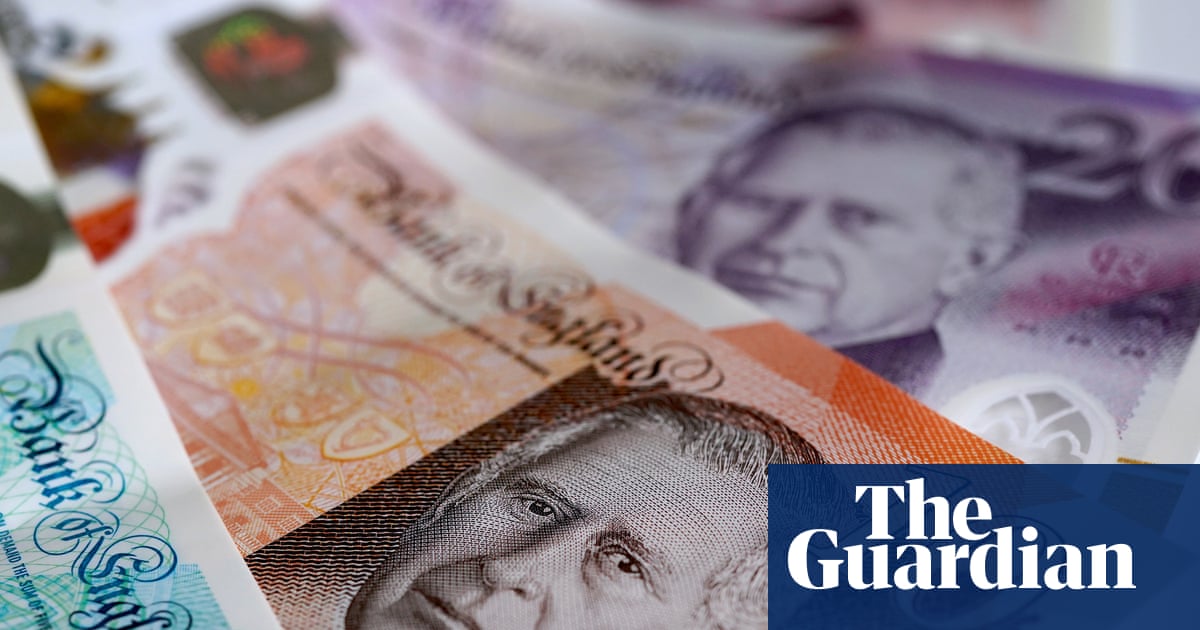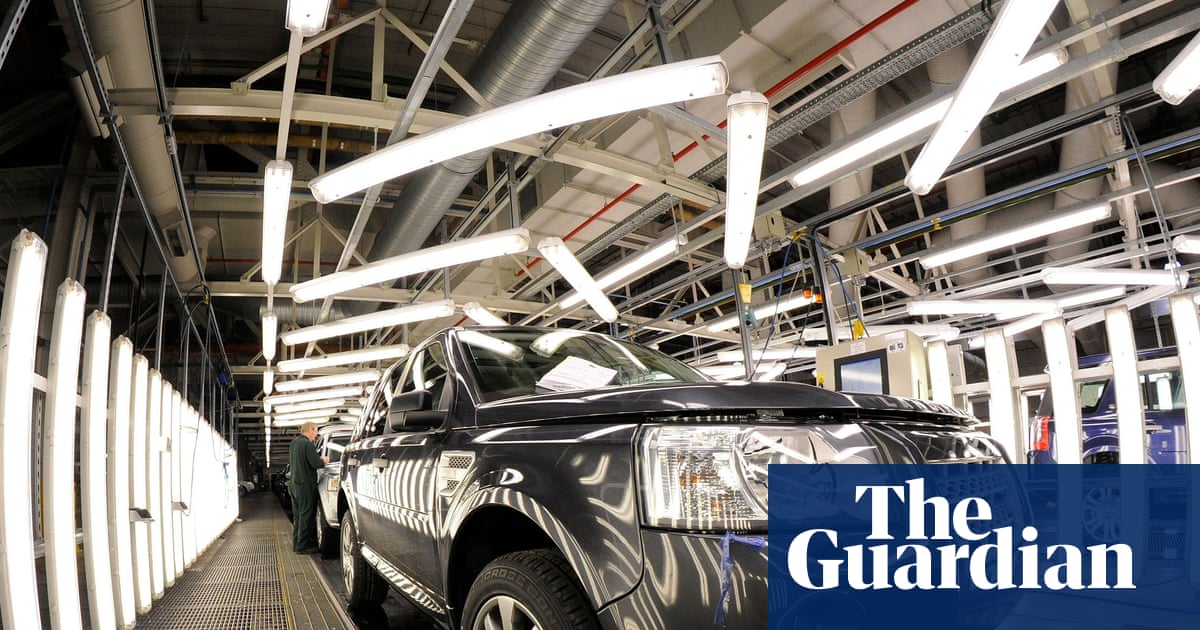There are growing signs that the UK jobs markets is slowing as employers respond to higher national insurance contributions (NICs) by cutting hiring and offering weaker pay rises, the governor of the Bank of England has warned.
Andrew Bailey said the combined effect of lower employment and weaker wages growth would be considered by the Bank’s nine-member monetary policy committee (MPC) when it next meets in August to set interest rates, which now stand at 4.25%.
Bailey, who voted to keep rates on hold at the last meeting earlier this month, appeared to be softening his stance after further signs that the economy is faltering following a surprise acceleration in growth earlier in the year.
Speaking in London at the British Chambers of Commerce trade conference on Thursday, Bailey said he was hearing “a bit more evidence” that companies were adjusting pay and employment levels after the rise in employer NICs announced in the last budget.
“In recent months, the evidence that slack is opening up has strengthened, especially in the labour market.”
He added: “The latest data on pay settlements and pay expectations point to a significant decline in wage growth in the year ahead.”
The UK economy grew by 0.7% in the first three months of the year before contracting by 0.3% in April. Employment dropped by more than 100,000 in May, marking the largest monthly fall in PAYE payrolls since the same period in 2020 during the first Covid lockdown.
Annual earnings in the private sector grew by 5.1% in the three months to April, down from 5.9% in the three months to January.
Bailey said: “The latest intelligence from the Bank’s agents continue to suggest average pay settlements for 2025 of 3.5 to 4.0%, closer to levels consistent with the inflation target.”
Earlier this month six members of the MPC voted to keep rates on hold while three supported a reduction to 4%. The split was widely seen as an indication of the pressure growing for a rate cut in August. Financial markets expect two further cuts in interest rates this year to 3.75%.
Bailey said the underlying growth of the economy was weak and likely to remain subdued for the rest of the year while businesses coped with the uncertainty created by US import tariffs.
after newsletter promotion
The governor cautioned that “there remain uncertainties around the overall balance between supply and demand in the economy as well as the remaining inflation persistence in the system”.
He said strong rises in some categories of food showed that inflationary pressures had not gone away. “The prices of meat, chocolate and non-alcoholic drinks have gone up the most, consistent with higher wholesale prices for beef, cocoa beans and coffee. These price increases are to an extent idiosyncratic, with reports of reductions in cattle herds and climate-related disruptions to coffee and cocoa production.
“But our agency intelligence also highlights labour costs and costs related to new packaging regulation as wider factors at play. And, like energy prices, food prices are salient to consumers. We have to make sure that these increases do not feed through to second-round effects either.”
Bank officials have been concerned that high levels of wages growth and extra costs on employers from higher taxes will feed through into higher prices, maintaining inflation above 3%. The consumer prices index edged down to 3.4% in May from 3.5% in April.

 2 months ago
24
2 months ago
24

















































